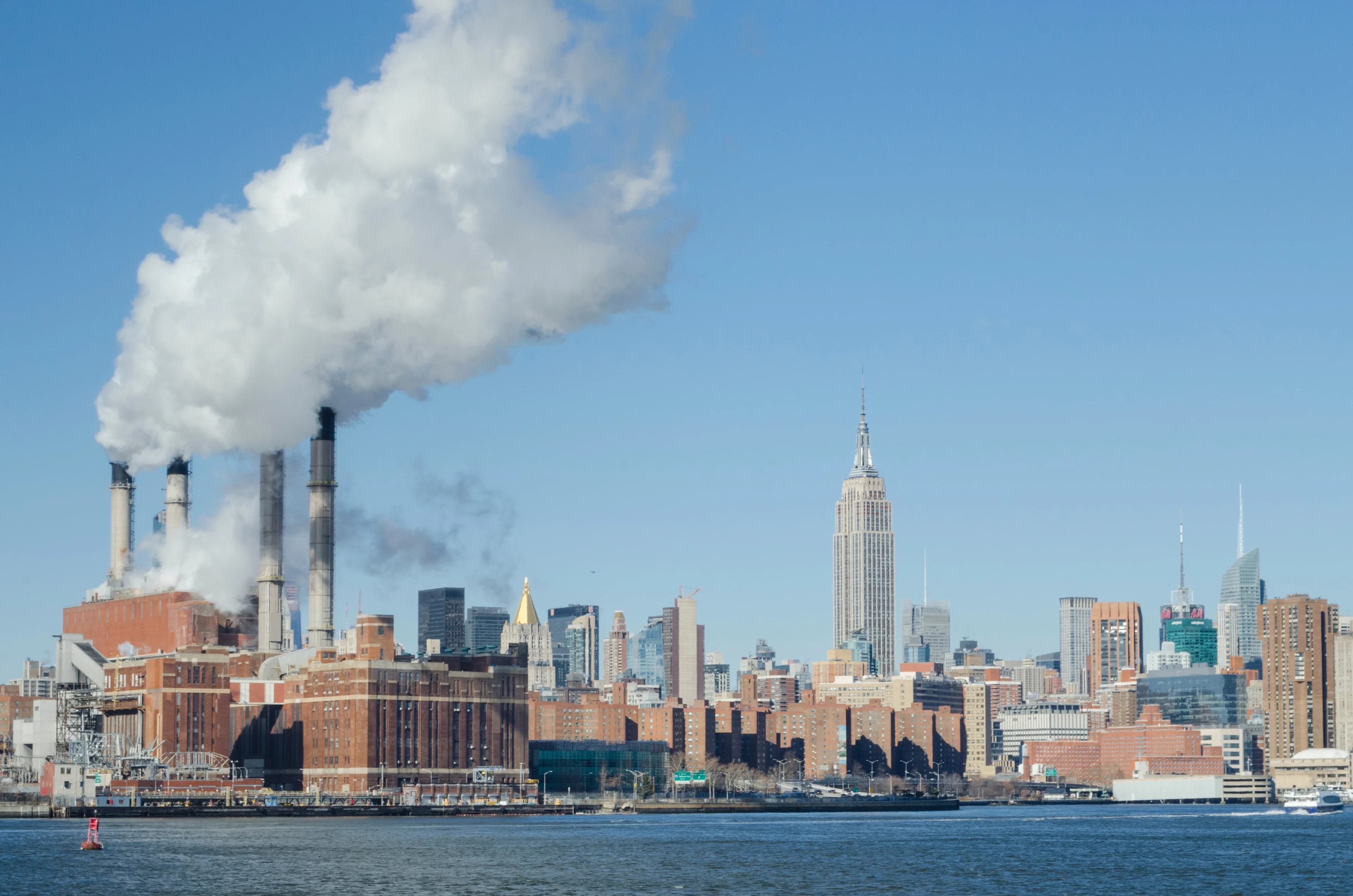
After a pandemic dip, CO2 emissions set to surge back in 2021
Driven largely by an increase in coal generation in the Asia-Pacific region, emissions are projected to rise by the second-fastest rate in the past decade – though renewables are also in for a bumper year.
The hammer-blow of COVID-19 resulted in a downturn in global carbon dioxide emissions, yet with an economic rebound ahead in 2021, the recovery is expected to include a sharp rise in coal generation and mark one of the highest emissions spikes on record.
That’s according to a report by the International Energy Agency (IEA), which expects emissions to surge by five per cent, reversing 80 per cent of the decline from 2020. If that bears out, it will be the second-biggest increase over the past decade, coming in 1.2 per cent behind 2019, the last pre-pandemic year.
A large part of that is due to coal generation demand which looks set to recover by 4.5 per cent––taking it higher than 2019, and not far off from its 2014 peak.
“This is a dire warning that the economic recovery from the Covid crisis is currently anything but sustainable for our climate,” IEA Executive Director Fatih Birol said in a release. “Unless governments around the world move rapidly to start cutting emissions, we are likely to face an even worse situation in 2022.”

The expected resurgence of emissions will be driven by a jump in coal generation. (Ale Alvarez/Unsplash)
Coal’s resurgence will be driven largely by Asia, where 80 per cent of growth is expected. The E.U. and U.S. are also expected to see a rebound in coal generation, but peaking lower than pre-pandemic levels.
More than half of that growth will come from China, which during the pandemic was the only G20 nation to see an increase in coal generation (by two per cent), contrary to a global trend that saw coal fall by four per cent in 2020.
“While an exceptional cold snap in December in northeast Asia was partly to blame for increasing coal demand, the rapid growth of coal-fired electricity generation is a reminder of coal’s central role in fuelling some of the world’s largest economies,” the report reads.
THE SILVER LINING: RENEWABLES KEEP MARCHING ON
Though far-reaching, the hit from a single plague year isn’t enough to completely transform the mechanics of an economy, and the grid that powers it, so it’s to be expected that the recovery in 2021 would largely mean a return to form.
However, the flip side is that pre-COVID energy trends have remained largely intact: before 2020, the world was in the early stages of a renewables boom, which continued during the pandemic, and seems to be unabated in its aftermath––with China no exception.
At the same time that the country’s coal generation stubbornly refused to dip in 2020, China set a new world record for wind power installations, with other countries in the Asia-Pacific region following suit. Worldwide, electricity generation from renewable sources jumped seven per cent and reached a global share of 29 per cent.
WATCH: GLOBAL RENEWABLES ROARED AHEAD IN 2020, BUT CANADA'S FOSSIL FUEL PHASEOUT HAS STALLED
That rise looks set to continue in 2021, the IEA says, and the agency expects renewables to jump eight per cent. If that holds true, it will be the fastest year-on-year increase on record.
“Solar PV and wind are set to contribute two-thirds of renewables growth. China alone should account for almost half of the global increase in renewable electricity in 2021, followed by the United States, the European Union, and India,” the IEA says.











